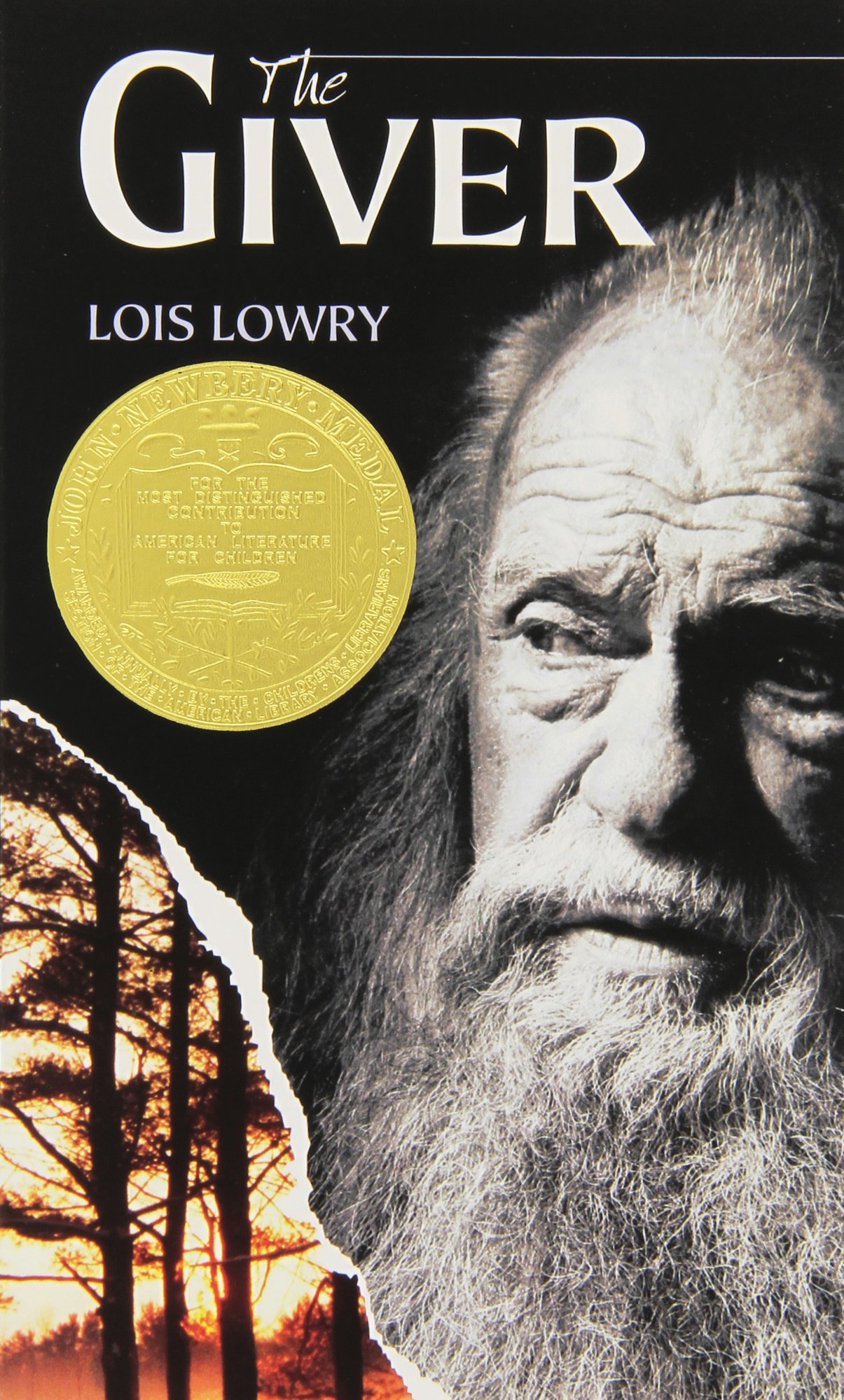by Melissa Kline
This is always an interesting topic and one that I probably get asked about the most as a writer of fiction from both male and female point of views.
Nearly half of my fiction is written from the male perspective. I can’t say that there was a grand a-,ha moment in my writing journey that provoked it, or that I intentionally set out to tackle the male mind. For me, the male voice flowed naturally into my consciousness with the idea of a new book. Granted, my early male characters are a bit on the girly side, though my practice improved over time.



When I was a teen I read many books written from the male perspective like The Outsiders, The Giver and Hatchet. I was drawn to the masculine voices within these books. I believe they helped me form a connection to the masculine side of my writing.
Although my process is mostly organic, I do have a few tactics to share that may help with this craft.
Don't get intimidated by gender. Think of your character as a “blank slate” per se. When it comes down to it, we are simply writing about human beings. Everyone has emotions, feelings, experiences, talents, etc. What makes our characters who they are is how they react to these situations. Strip your character down to the basics and look at who they are as a human being.
Add quirks, idiosyncrasies, mannerisms, traits and peculiarities that make them who they are. Male, female or otherwise, every character should have a well-developed voice and personality. While you are developing your character, add in trademarks that make them unique. This may help define more of those gender-driven traits.
Listen to dialogue from the opposite sex. Expose yourself to media, movies, books and television that star people who remind you of your character or the character you want to develop. How does he/she respond or react in various situations? Study the difference between genders and what makes them different.
Interview your character. This is a great way of getting inside the mind of any character. Come up with some basic interview questions or find a list of generic ones online and literally interview your character. Do your best to embody them as you answer the questions. What drives them? What are their “favorites”? What are they afraid of? You’ll be surprised at how much is revealed with this exercise.
Visualize and create. If you’re struggling to understand what makes your character tick, try a different strategy: create! Make a vision board with images from magazines, printings, etc. of your character and their hobbies. What colors do they like? What are they into? What do they look like? If you’re a visual person, this can be very helpful.
How do you feel about writing from the perspective of the opposite gender? Is it difficult or easy? I’d love to hear your thoughts! J

I love writing in the opposite gender! I've been doing it for so long, I think it will feel odd when I have to write as a woman again. I had some trouble when I first started out, too--my narrator's voice still sounded like a girl. But I spent some time developing his voice and now it's like second nature to me.
ReplyDeleteI write from the POV of both genders as well, & your advice to see each character as an individual is spot on. We are all unique, even within our genders, so it makes sense to develop a unique character, whether male or female.
ReplyDeleteMy novels all have female narrators, but many of my short stories have male protagonists, or even narrators who never say which they are. I tend to gravitate a bit toward the male protag, but I fight it because I see it as a remnant of my childhood when all the exciting books were about boys.
ReplyDelete